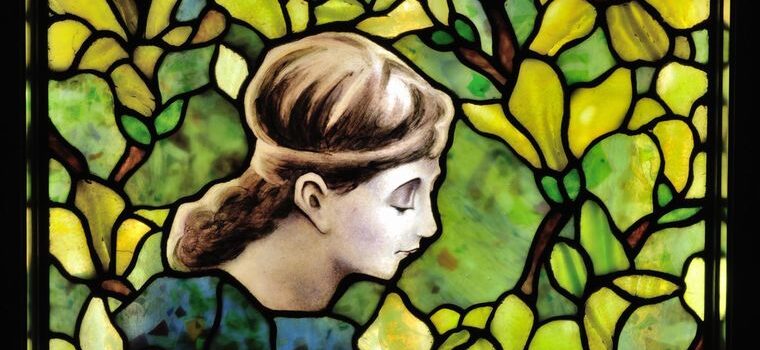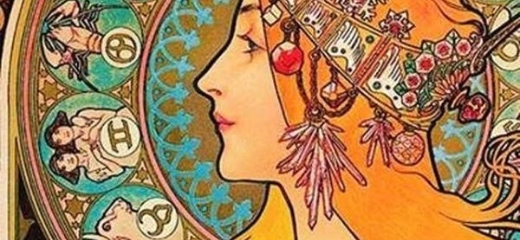Art Nouveau is based on the agile, the fluid, on the movement provided by curves and asymmetry. Art Deco seems obsessed with geometric shapes, with straight lines and angles, with mass and symmetry as constant values. But there is more than that. Although they are two styles with very different characteristics, often are confused.
Both Art Nouveau (1880-1914) and Art Deco (1920-1940) embraced modernist elements and emerged as reactions to major world events; the Industrial Revolution and World War I, respectively. They are easy to distinguish if you know what to look for.
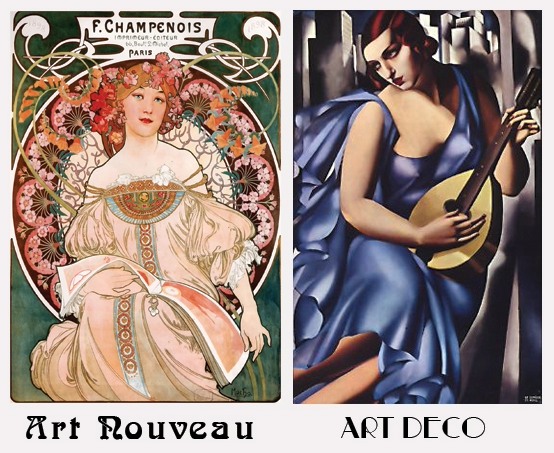
Can you figure out which of the following 14 pictures are Art Nouveau / Art Deco?
(solution at the end of the article)








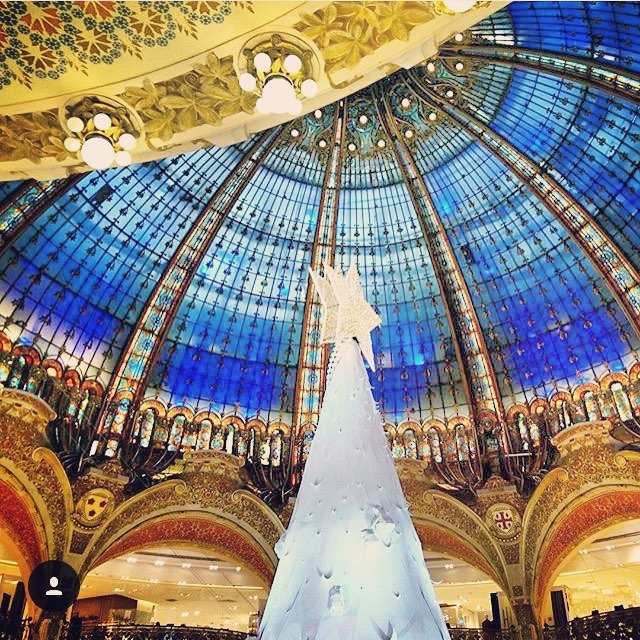

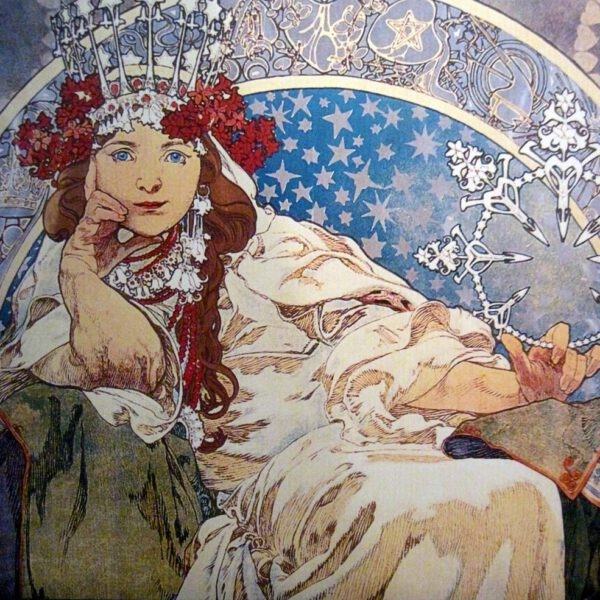

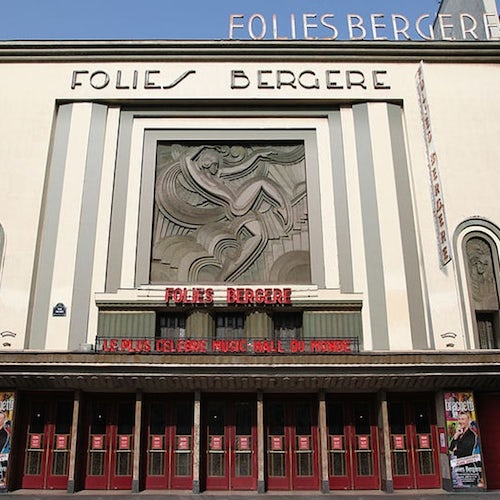

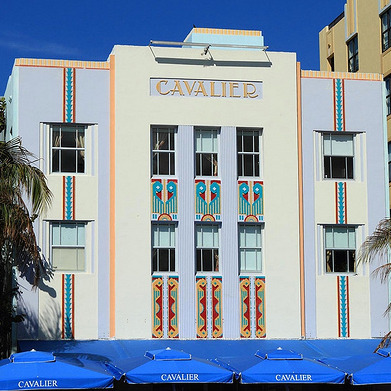

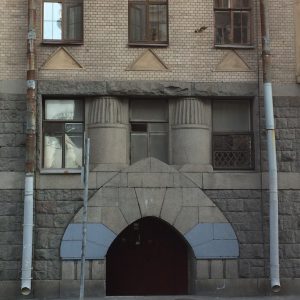

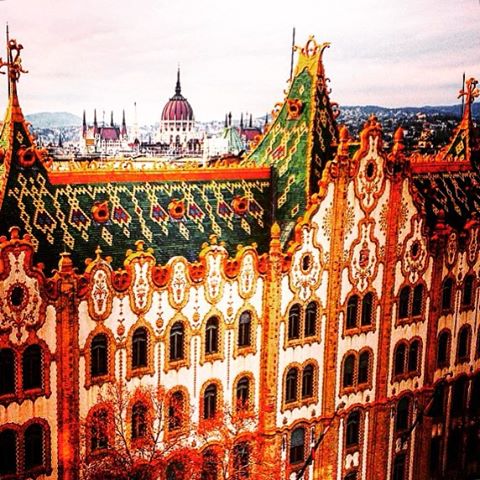

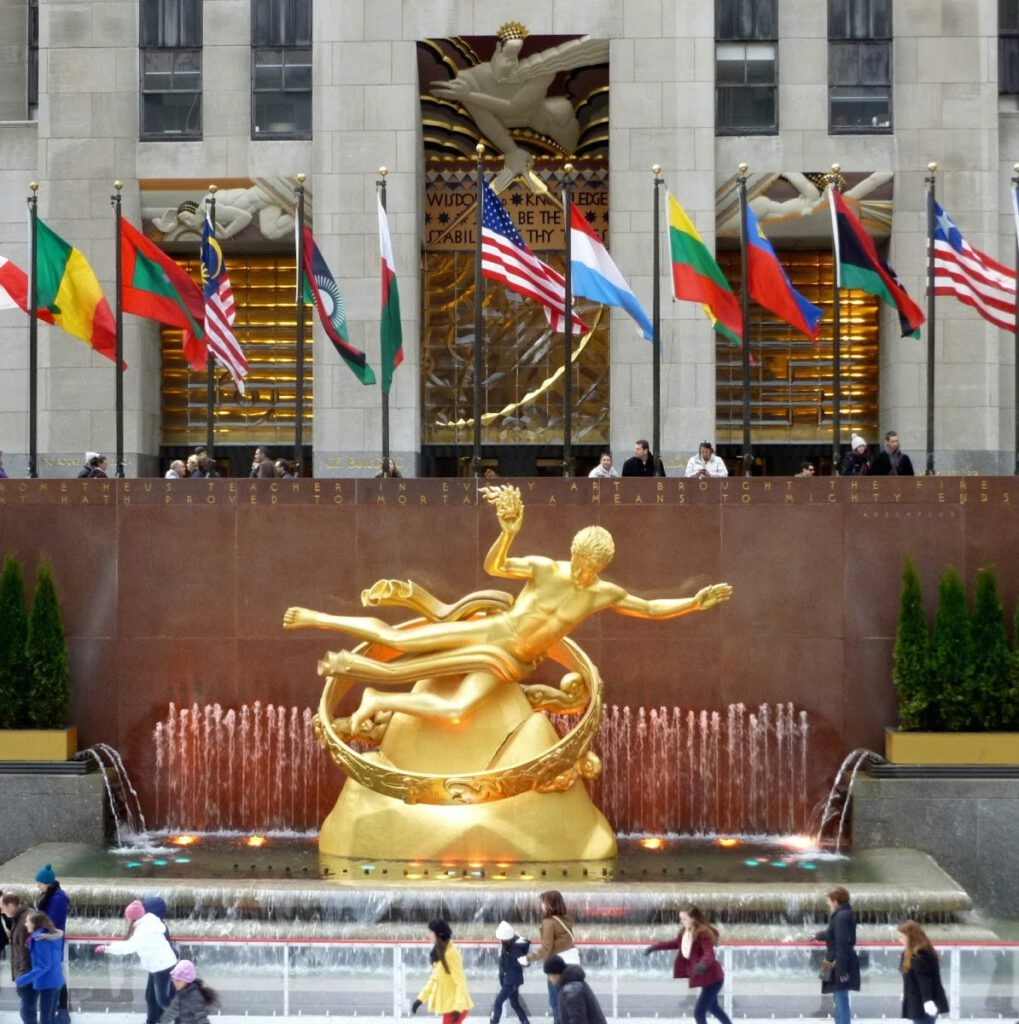



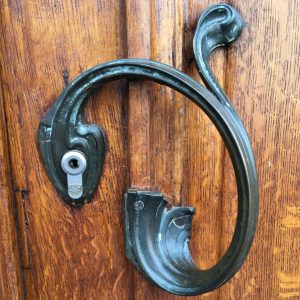

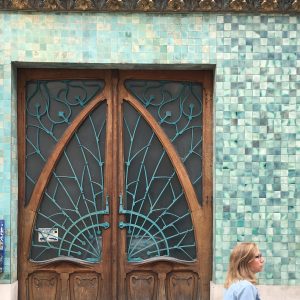

About the Chronology of the two art movements Art Nouveau came before than Art Deco, but it is urious to appreciate some similarities:
- Both emerged as a reaction to major world events: Industrialisation (Art Nouveau) and World War I (Art Deco).
- Both disappeared at the advent of a war: World War I (Art Nouveau) and World War II (Art Deco).
Some of the main differences between the two movements:
Art Nouveau is flowing and about curves. It looks to nature and organic elements for much of its inspiration. Flora is widely represented and also animals and insects, both real and imagined, decorate many pieces with bats, dragons, birds and dragonflies as popular motifs. You will find geometry in Art Nouveau, but usually in forms with curving rather than hard edges. Art nouveau is much more decorative, flowing, and floral.
Art Deco is sharp and based on straight lines and corners. It’s about perfect forms, circles and angles. Geometry plays a big part in Art Deco works made during the 1920’s and 1930’s. It was minimalistic and became even more so as the movement progressed through the years. It is considered the first genuinely industrialised style and is characterised by its pure geometric shapes.
After these short descriptions you may reconsider your guesses about the pictures :) If you want to read more about the characteristics of Art Nouveau and Art Deco continue reading...
Art Nouveau (1880-1914)
It means “new art” and embraced Europe’s new industrial aesthetic rather than challenged it. It featured naturalistic but stylised forms, often combined with shapes which were more geometric like parabolas, and semicircles. The movement used forms from the natural world that had not been used for long like insects, weeds, even mythical faeries.
Designs were are asymmetric and they replicated organic forms as trees and vegetation. Curved lines were prefered to straight parallel lines. In architecture the some straight lines were required but the architects tried to make them look visually organic in nature using ornamentation when necessary, and to be in harmony with the natural surroundings if possible. Women depicted in Art Nouveau pieces will often have flowing hair. Those in more provocative poses may have their hair down or even be nude draped in billowy folds of fabric.
The style unifies the styles that emerged in many countries in Europe at about the same time: in Austria it is known as Secessionsstil after Wiener Secession; in Spanish Modernismo; in Catalan Modernisme; in Czech Secese; in Danish Skønvirke or Jugendstil; in German Jugendstil, Art Nouveau or Reformstil; in Hungarian Szecesszió; in Italian Art Nouveau, Stile Liberty or Stile floreale; in Norwegian Jugendstil; in Polish Secesja; in Slovak Secesia; in Russian Модерн (Modern); and in Swedish Jugend.
In our website you will find Art Nouveau Private Tours all over Europe. We are continuously searching for the best Art Nouveau tour guides, if you are one of them please contact us.
Gustav Klimt or Alphonse Mucha are two of the most popular artists and in the website we provide you with an agenda with the activities. For example we talked about the impressive exhibit that took place in Paris about Klimt‘s art or about who was alphonse Mucha, an amazing history.
Art Deco (1920-1940)
Art Deco took its name, short for Arts Décoratifs, from the Exposition Internationale des Arts Décoratifs et Industriels Modernes held in Paris in 1925. It emerged mainly in France and celebrated the dawn of the industrial age. The style adopted in Art Deco architecture was bold straight lines arranged symmetric like machines with equally bold colours unlike natural shades. Art Deco architecture also used lavish ornamentation in a way that was on your face reflecting the spirit of the times which was predominantly full of confidence enjoying the prosperity brought about by industrialisation and scientific advances. Art Deco also reflects the artistic movement of the era: cubism, fauvism, expressionism, etc.
The deprivations of the Great War years gave way to the opulence and extravagance that defined the Jazz Age and the Art Deco aesthetic. This movement is characterized by streamlined, geometric shapes and the use of modern materials such as chrome and stainless steel. When Art Deco incorporated natural materials, they were often graphic or textural, like zebra skin or jagged fern leaves. Consequently, Deco prominently featured bold shapes like sunbursts, zigzags, and broad curves.
The style has only one name, a factor that makes it easier to have all the documentation unified.
--> Solution to the quiz above: -------> 1, 3, 7, 8, 11 & 12 are Art Deco -------> 2, 4, 5, 6, 9, 10, 13 & 14 are Art Nouveau
If this 2023 you travel to an Art Nouveau destination, check the best Art Nouveau private tours available in Europe HERE. Accompanied by the best local guides you will see much more than going on your own or with a standard guide.
This is a general description on how the two movements look like but it is important to take into account that the transitional objects made during the World War I times and the revivals made in these styles through the decades make it more difficult to associate a piece of artwork with a specific movement.
How did these movements ended?
Art Nouveau was above all an affair of the great enlightened bourgeoisie, of industrial patrons of the arts and culture with aspirations of aesthetic elitism. With a few exceptions, it faded quickly after the end of the first decade of the twentieth century, so it was rather ephemeral.
Art Deco influenced the cinema of Fritz Lang, and then was quickly adopted by the Hollywood of the 20s, 30s and 40s as a characteristic style that evoked luxury and splendor. That was possibly another key to its success, and its ability to endure. That is why, despite languishing somewhat with the stock market crash of 1929, it took a long time to disappear completely, surviving even after World War II. Postmodernism suited it particularly well, and brought it back to the forefront at different times since the late 1960s, with a particularly notable upturn in the neo-deco eighties.
Art Nouveau is exuberant, floral furniture, often in light wood, sometimes called “noodle art” because of the many curves that characterize it. Art Deco is the return to geometric shapes and symmetry.
Obscure yet captivating, two elusive artistic movements emerged during a bygone era: Art Nouveau and Art Deco. Their mysterious inception occurred in the twilight of the 19th century and dawn of the 20th, ushering in a clandestine revolution within the realm of art.
Why did they appear?
Art Nouveau arose as a reaction both to the exhaustion of classicist models and Beaux-Arts pomp and to industrialized society. It has been said that in some way he was facing both the past and the future, in a moment of concern facing an uncertain future that led to World War I. Escapist and hedonist, he was quickly adopted by the wealthier bourgeoisie who wanted to differentiate themselves from the rest and also take refuge in a world to their measure. The idea was that whoever accessed a mansion of this type would enter a new world, unprecedented and isolated from the outside.
Art nouveau is sometimes called art noveau or art noveaux, but these are just spelling mistakes. What it is true is that art nouveau is a term used CHECK HERE the list of 40 terms that are synonyms of the term art nouveau.
During that era, artists yearned to liberate themselves from the confines of traditional artistic conventions, embracing the allure of sinuous lines and naturalistic contours. The essence of Art Nouveau permeated various domains, including architecture, furniture design, adornments, and ephemeral art such as posters.
Art Deco, on the other hand, is not afraid to return to models of the past, and also embraces the future and is fascinated by technology, machinery and speed. It was also promoted by the wealthier classes, but later it was adopted without problems by the most popular taste, in a society eager for flashy luxury.
Two decorative styles that despite presenting very different characteristics are confused with some frequency. We hope that this article will show you the differences between art nouveau and art deco and position you like an expert.
Zooming ahead to the 1920s and 30s, we encounter the captivating realm of Art Deco. This aesthetic movement favored crisp, angular lines and precise geometric forms. Departing from the organic motifs of its predecessor, Art Deco drew inspiration from the burgeoning realms of modern technology and bustling urban landscapes.
In the realm of architecture, Art Deco structures boasted sleek, contemporary designs adorned with striking patterns such as zigzags and sunbursts. This aesthetic influence extended beyond architecture, permeating realms like furniture design, fashion, and jewelry, infusing each with an air of opulence and refinement.
Why these art styles are often criticised?
Art Nouveau is not popular amongst some groups of people mainly because it is too ornate or overly decorative: CLICK HERE for details.
Art Deco is disliked by some people because of motives like its emphasis on superficial aesthetics and the reinforcement it makes of gender roles: CLICK HERE for details.
Themes
Art Nouveau is about Fairy Tales, Dreams and Sensuality.
Art Deco is about Progress, Wealth and Innovation.
Famous pieces
Art Nouveau: The Kiss by Klimt, Sagrada Família by Antoni Gaudí, and Paris metro entrances.
Art Deco: The Chrysler Building, Prometheus sculpture at the Rockefeller Center, and Chicago World’s Fair poster.
The Importance of Learning to Distinguish Art Styles
Learning to distinguish different art styles can be an enriching and rewarding experience, as it allows individuals to develop a deeper understanding and appreciation for the unique qualities and influences of each movement. Whether you are an art collector, designer, or simply an enthusiast, being able to differentiate between styles such as Art Nouveau and Art Deco can help you to identify and appreciate the characteristics and influences that make each style unique. Additionally, the ability to recognize and differentiate between art styles can enhance your overall cultural literacy and provide valuable insights into the historical and cultural contexts in which these styles emerged.
CLICK HERE to discover the best Art Nouveau Private Tours in the main European capital. Let’s explore the cities with style!
Also interesting is to see pictures in our Pinterest account. The place to be to see pictures selected by cities, an interesting way to travel from your home or when you are on the move using your mobile. Enjoy it.
In brief, while Art Nouveau was all about nature and flowing lines, Art Deco went for a more modern, geometric vibe. Both styles were pretty awesome and left their mark on the world of art and design.
Art Deco and Art Nouveau embraced the spirit of societal progress and optimism for the future in the late 19th and early 20th centuries. They laid the foundation for subsequent avant-garde movements, which further explored the close relationship between fine art, craftsmanship, and architecture.
Today’s designers and artists still borrow elements from both periods, contributing to the enduring popularity of Art Nouveau and Art Deco.
Art Nouveau was a brilliant but brief flash of creativity that bridged the gap between tradition and modernism. While it moved away from recycling historical styles, it didn’t lean into minimalism; instead, it pushed Victorian detail to a dramatic fin-de-siècle peak, replacing rigid tradition with expressive, nature-inspired fluidity. This emphasis on craftsmanship and “total design” eventually evolved into the sleek surfaces and exotic veneers of Art Deco, and its rebellious, curvilinear graphics saw a massive resurgence during the counterculture movement of the 1960s.


